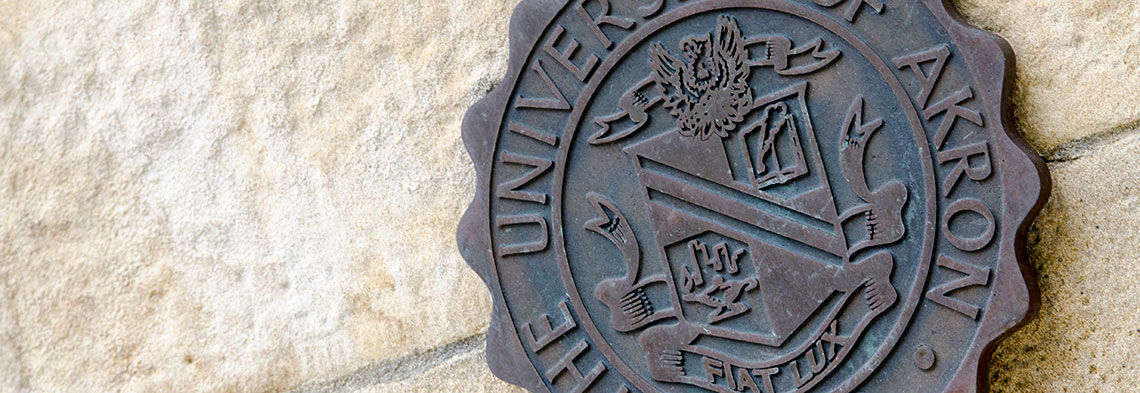Document Type
Article
Publication Date
January 2012
Abstract
This manuscript contains an initial history of the Akron Law School (1921-1959) the predecessor of the University of Akron School of Law.
The school was founded in 1921 as an evening school. This manuscript begins with a biographical sketch of the founding Dean, Judge Charles R. Grant. Grant was an underage Union soldier in the Civil War who participated in the capture of New Orleans and whose service was recognized by the U.S. Congress. At a time when less than one percent of the people in the nation had a college degree, he graduated from Western Reserve College (then in Hudson, Ohio) and was admitted to the Bar after studying law with a leading judge of Summit County. Grant proceeded to both practice law, served as the Probate Judge, a judge of the State Court of Appeals, a newspaper editor, and perhaps Akron’s leading citizen. The manuscript recounts the progression of Judge Grant’s career and his Deanship which continued until his death in 1929. Due to his many contacts in the community, he was able to recruit an outstanding faculty which included four individuals who had been president of the Akron Bar Association, the founder of one of Akron’s largest law firms, several judges, and future presidential candidate Wendell Willkie. During Grant’s service as Dean 112 students graduated from the Akron Law School and others, lost to history, studied there in preparation for the Bar to which they were admitted without having completed their degree.
The second Dean was Charles A Neale (1929-1941) who was a pioneer in the field of business education and of colleges of the type that produced Herbert Hoover, Henry Ford, John D. Rockefeller, Harvey B. Firestone, and Thomas J. Watson. Neale came to Akron to teach in the Hammel Business College. Nevertheless he had an interest in law, having studied law in a lawyer’s office in Kentucky and earned an L.L.B. from Baldwin College in Berea, Ohio in 1926. Neale was a founder and supporter of the school. During his time as Dean 198 students graduated.
The third and final Dean was Judge Oscar Hunsicker who graduated from the University of Akron in 1919 and the Case Western Reserve College of Law in 1922. Dean Hunsicker had been the Summit County Prosecuting Attorney, a Common Pleas Judge, and a Court of Appeals Judge. He had also been a member of the faculty at the Akron Law School since 1928 teaching a variety of classes.
Though competing with the graduates of more established schools, the graduates of the Akron Law School enjoyed success in the practice of law, in the world of business, and public service. Among those called to public service were one mayor of Akron, at least one member of the Ohio legislature and 24 judges. The school was open to women at a time when many others were closed to them. Several African Americans also graduated from the school. Though the records are incomplete, at least 86 (14%) of the graduates of the school had served in World War I, World War II, or Korea.
This manuscript treats the careers of multiple alumni; contains pictures of the first law school building, the three Deans, the faculty of those who taught from 1931-1936, a picture of the graduating class of 1925, and two pictures of students in the classroom. There are also graphs showing the number of graduates, the cost of tuition and the number of books in the library over time.
The late Portage County Judge Roger F. DiPaolo referred to the faculty as “wonderful teachers” and stated: “I’m beholden to dear old Charlie Neale, Oscar Hunsicker and the rest who made it possible for an immigrant like me to join a noble profession.” It was always a small school never graduating more than 35 students in a year. But as Daniel Webster said in his famous argument concerning the charter of Dartmouth College “it is a small school, but there are those who love it.”
Publication Title
Akron Law Review
Recommended Citation
Richard Aynes and Margaret E. Matejkovic, Akron Law School: The Early History of the University of Akron School of Law: 1921-1959, 46 Akron Law Review 207 (2013).


